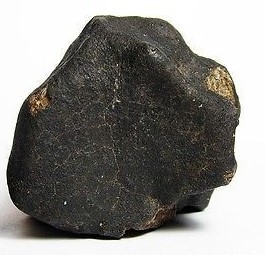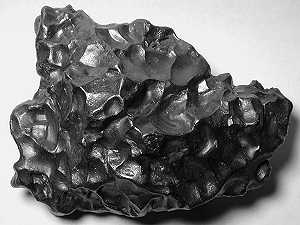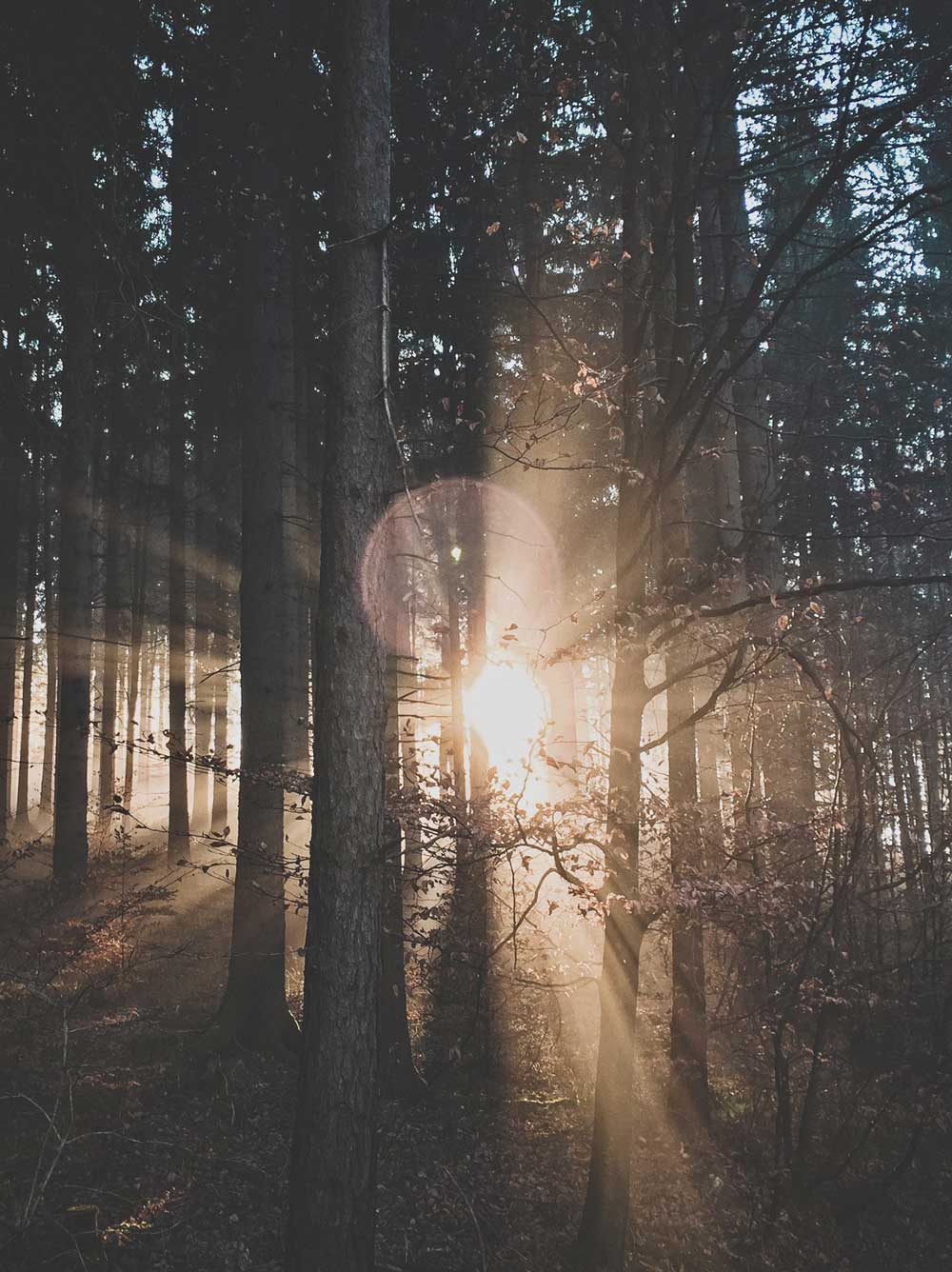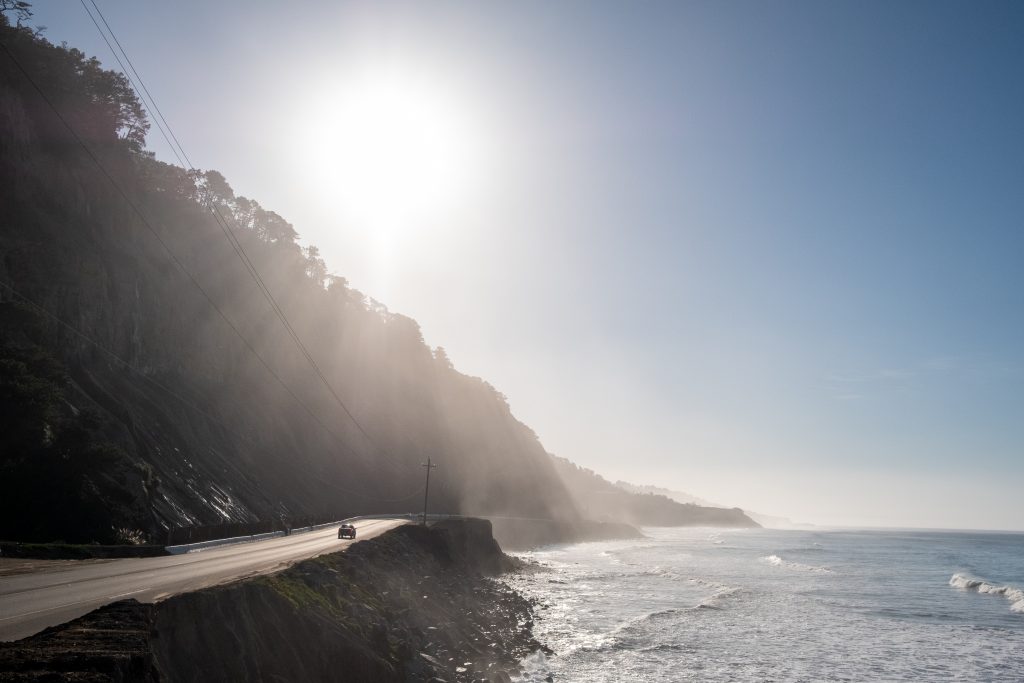How to recognize meteorites ?
Meteorites fall randomly in any places on Earth (land or sea). Because of vegetation, climate and geology, it is easier to find meteorites in deserts (hot or cold).
Here are some of the most common characteristics of meteorites.
Fusion crust
Meteoroids enter Earth’s atmosphere at speeds of many miles per second. At those speeds, the air in the path of the rock is severely compressed. When air is compressed rapidly, its temperature increases. The hot air causes the exterior of stony meteoroids to melt. The melted portion is so hot and fluid that it immediately ablates and new material is melted underneath. A meteoroid loses most of its mass as it passes through the atmosphere. When it slows down to the point where no melting occurs, the last melt to form cools to make a thin, glassy coating called a fusion crust.
Depending on climate, weather, temperature, wind, sand blasting, fusion crust may change in color, texture, may rust or may even disappear. It is then much harder to tell the rock you found is a meteorite and in case of doubt, you’ll have to send a sample to a laboratory to study the petrology of the rock.

Bassikounou meteorite – H5 chondrite. Photo : Gary Fujihara.
Regmaglypts
Regmaglypts are shallow depressions or dimples that form on the surface of some meteorites as they pass through Earth’s atmosphere. They are probably formed by small vortices of hot gas carrying small droplets of molten meteorite that locally erode the surface.

Iron – nickel
More than 95% of all meteorites contain iron-nickel (FeNi) metal. As a consequence, meteorites have concentrations of nickel that are much greater than that of nearly any terrestrial rock.
There are several other indications but they are not unique to meteorites.
Density
Magnetism
Vesicles.
ECOSYSTEM
Positive growth.
Nature, in the common sense, refers to essences unchanged by man; space, the air, the river, the leaf. Art is applied to the mixture of his will with the same things, as in a house, a canal, a statue, a picture. But his operations taken together are so insignificant, a little chipping, baking, patching, and washing, that in an impression so grand as that of the world on the human mind, they do not vary the result.



Undoubtedly we have no questions to ask which are unanswerable. We must trust the perfection of the creation so far, as to believe that whatever curiosity the order of things has awakened in our minds, the order of things can satisfy. Every man’s condition is a solution in hieroglyphic to those inquiries he would put.
